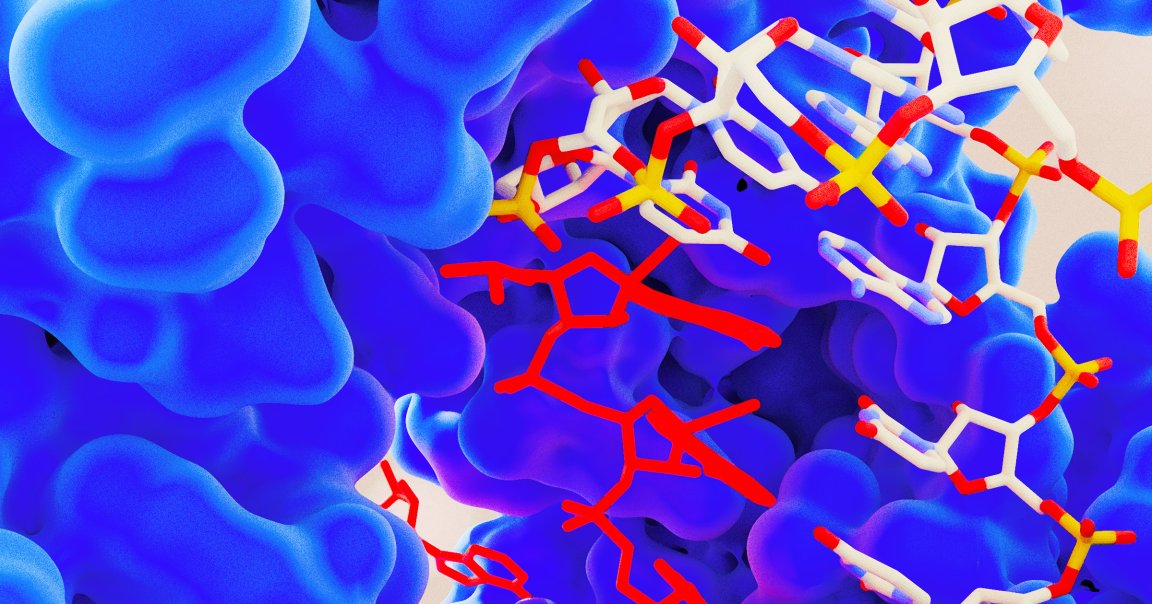
A rare genetic mutation that causes a deficiency in an immune regulator called ISG15 is known to make people more vulnerable to some bacterial infections and cause persistent inflammation — but it can unlock some unexpected antiviral “superpowers” as well.
As detailed in a new study published in the journal Science Translational Medicine, a team of scientists led by Columbia University professor of pediatric immunology, Dusan Bogunovic, has developed a new antiviral therapy that temporarily gives patients the same powerful antiviral properties by administering an experimental drug via a nasal drip.
The research kicked off with a happy accident.
“Our findings reinforce the power of research driven by curiosity without preconceived notions,” said Bogunovic, in a statement about the research. “We were not looking for an antiviral when we began studying our rare patients, but the studies have inspired the potential development of a universal antiviral for everyone.”
“We believe the technology will work even if we don’t know the identity of the virus,” he added.
Years ago, Bogunovic stumbled upon an intriguing group of patients who seemed to have some mild inflammation that put them at risk for bacterial infections but were impervious to many types of viruses. Later, Bogunovic discovered that these people were deficient in an immune-regulating protein, ISG15, due to a genetic mutation.
Though the patients had mild inflammation from the mutation, Bogunovic determined that the condition gave patients the ability to ward off viruses.
“The type of inflammation they had was antiviral, and that’s when it dawned on me that these individuals could be hiding something,” he recalled in the statement. “In the back of my mind, I kept thinking that if we could produce this type of light immune activation in other people, we could protect them from just about any virus.”
Bogunovic and his team developed a therapeutic lipid nanoparticle package that holds ten mRNA molecules, which produce the antiviral protection of the ISG15 deficiency.
In experiments involving hamsters and mice, the therapy stopped viruses like influenza and the SARS-CoV-2 virus from replicating, albeit temporarily, after being injected into their lungs.
“We only generate a small amount of these ten proteins, for a very short time, and that leads to much less inflammation than what we see in ISG15-deficient individuals,” Bogunovic explained. “But that inflammation is enough to prevent antiviral diseases.”
However, the nanoparticles weren’t produced at “high enough levels that makes us comfortable going into people immediately,” he added.
Next steps are to have the therapy produce more of the virus-fighting proteins and determine how long the ISG15 immunity lasts. If it all works out, it could lay the groundwork for future genetic therapies, inspired by the types of vaccines that saved us during the COVID-19 pandemic.
More on genetics: Scientists Find Secret Code in Human DNA